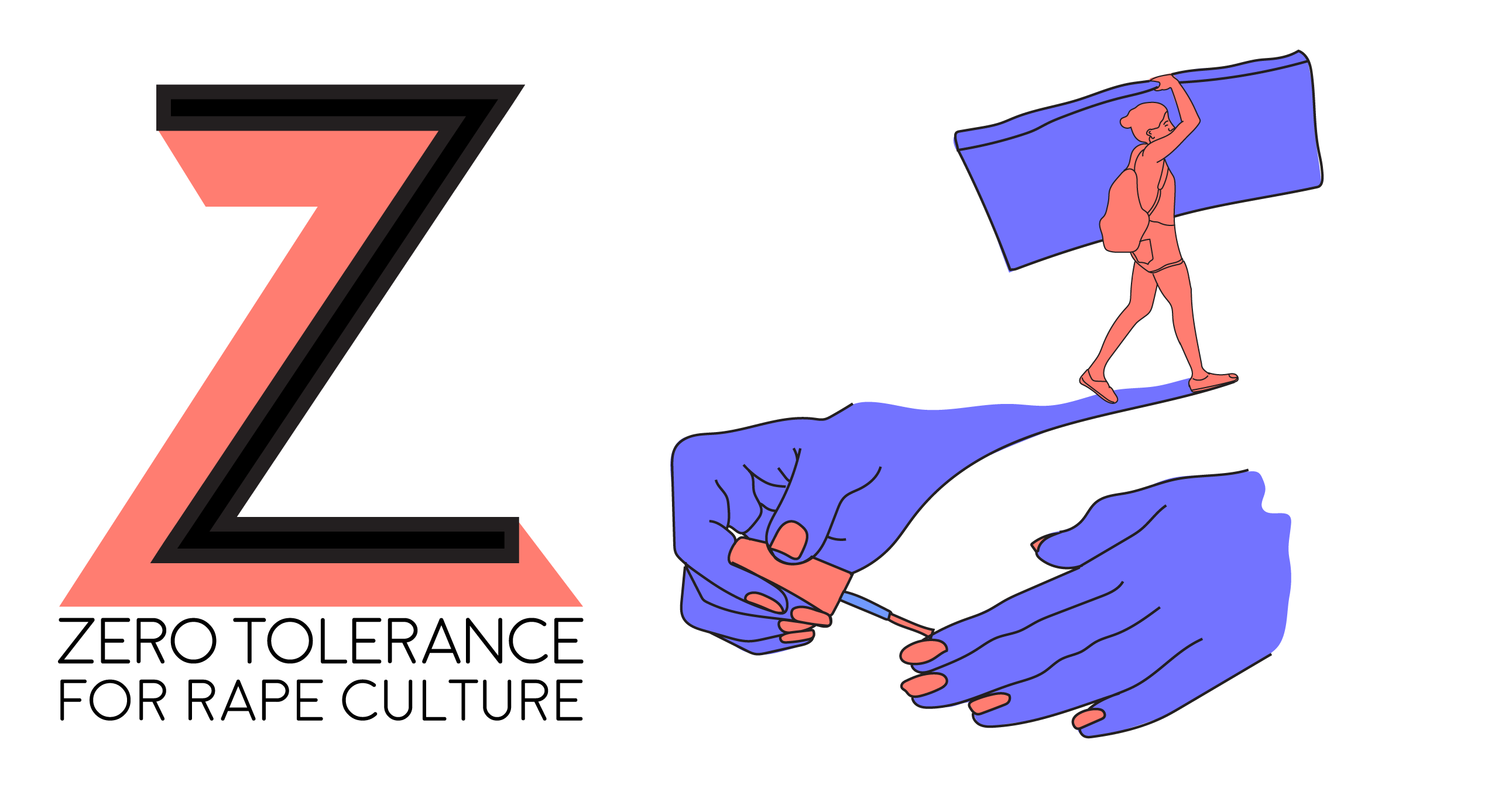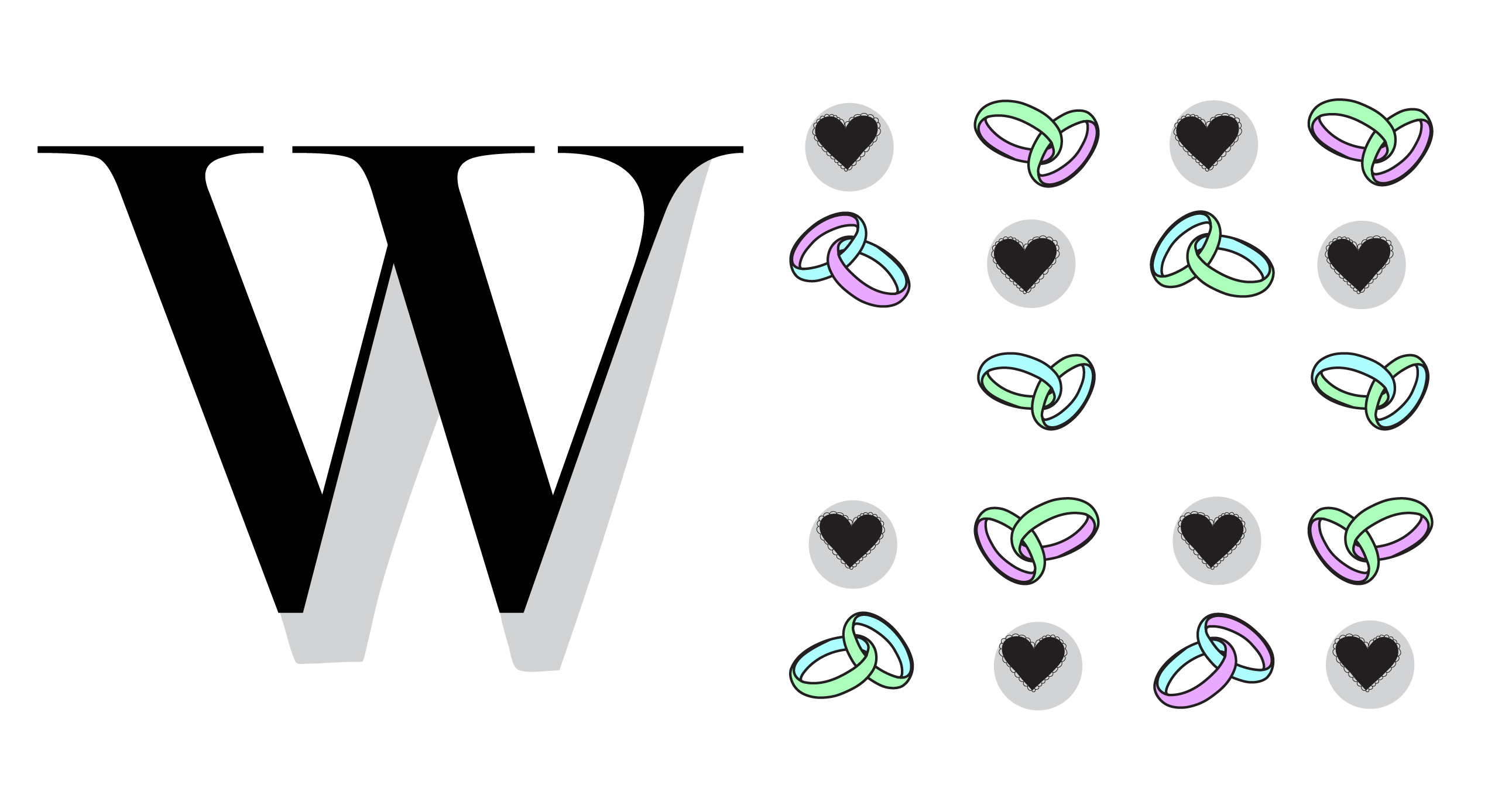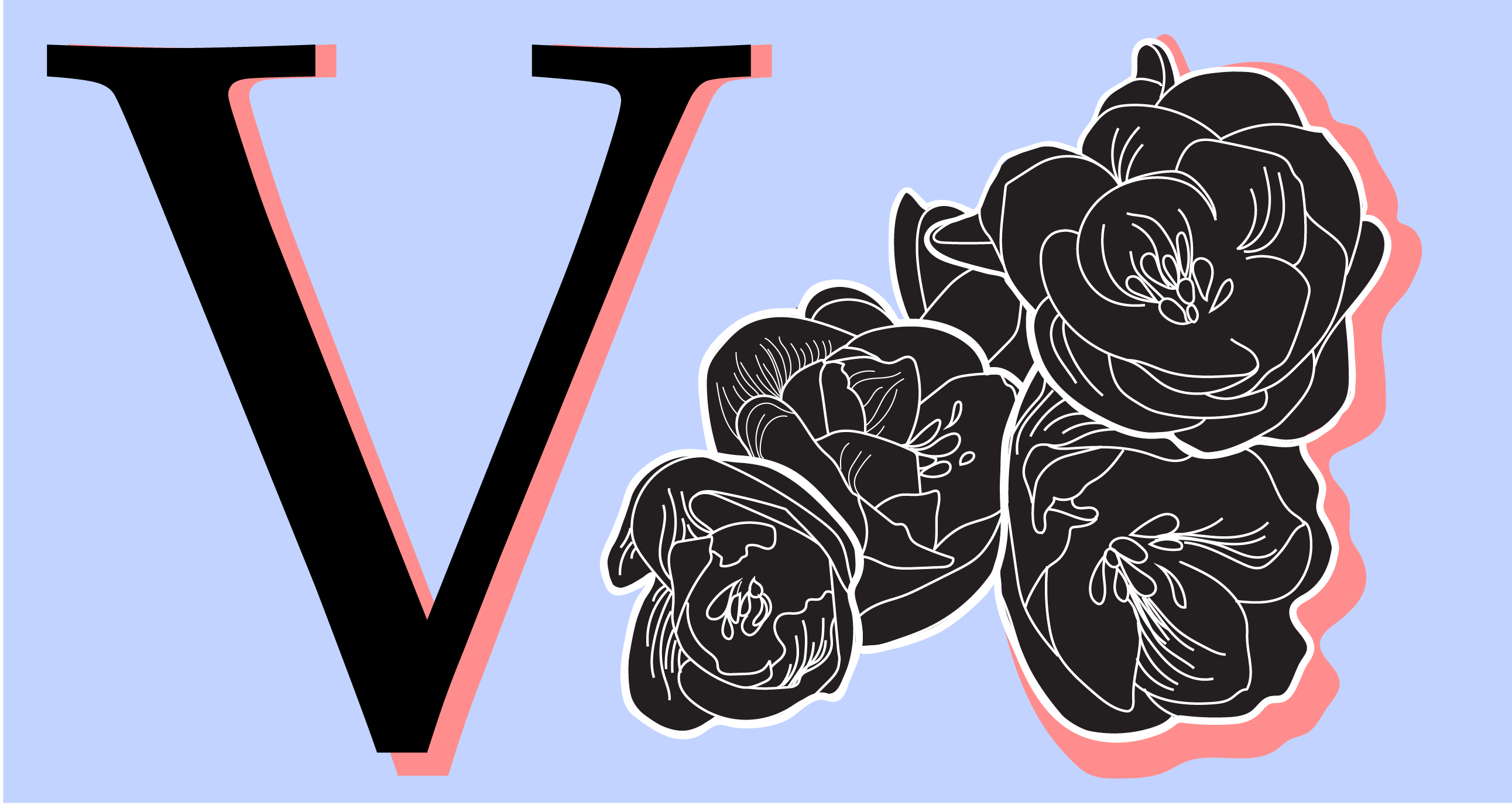P is for Penis Envy
Writer’s Note: The following article deals with Sigmund Freud’s theories on gender construction. From this perspective, it is written in exclusively binary terms (i.e. male versus female) and is thus exclusionary to those identifying as non-binary or trans.
Chances are you’ve stumbled upon Sigmund Freud and psychoanalysis sometime in your academic career, whether it was in your GE classes or as a focus of your major. In fact, it is more than likely that you’ve heard of Freud in non-academic settings, as well.
Although a portion of his studies have been refuted throughout the years, his ideas on sexuality and gender are still deeply rooted in psychology and psychological discourse, and establish the basis for psychoanalysis and psychiatry.

These views have also largely shaped our own outlooks on gender and sexuality and have formed the root of the patriarchal standards of masculinity versus femininity. Appropriately, the most misogynistic of these views have survived in our everyday discourse and school courses, ranging from psychology, philosophy, literature, and sociology, to name a few.
It is also likely that you have heard of Freud’s theory of penis envy – the alleged coveting or envy of a penis by a young cis female human in the early stages of development. This jealous yearn for the shiny shaft of male grace and bravado explicates (for Freud, at least) the catalysis of feelings of anxiety and lack of self-worth in the female gender.
On the opposite end of the spectrum is a lesser known notion called castration anxiety – the early fear or concern of castration (damage to or destruction of the penis) that is apparent in early cis male humans. This has also been used in popular culture and discourse to describe emasculating or humiliating situations, such as the loss of a job, the loss of a partner, etc.
However, most of educational discourse has focused on penis envy as opposed to castration anxiety. The focus has consistently been on the notion of men being in control and enviable as opposed to afraid and anxious. This selective focus has perpetuated notions of female inferiority and has simply replicated further misogynistic views – women desire and covet male genitalia while men continue to assert their masculinity.
Moreover, “envy” and “anxiety” are too very distinct verbs that have largely different connotations: one is an envy of, an urge for, a yearning for something, while the other is anxiety, it evokes a concern and a fear for something unusual, something terrible. Nonetheless, both sides seek to reinforce male superiority and authority.
While the apparent sexism in these so-called scientific theories has been refuted consistently from the very beginning – Karen Horney’s critiques of Freud’s work have been well documented – the underlying implications of these views are true: men are deemed superior to women. This imbalance is felt by women, who are trying to negotiate and live with it, and is being protected by men and society at large.
This entire conflict between penis envy and castration anxiety is superimposed by Freud’s most famous and most controversial theory – the Oedipus/Electra complexes.
The Oedipus and Electra complexes refer to early desires for sexual involvement with the opposite-sex parent. In the Oedipus complex, derived from the Greek mythological figure, the male child wants to have sex with his mother, while in the Electra complex, derived from another Greek myth, the female child wants to have sex with her father.
(The Electra Complex was later proposed by Carl Jung as an accompanying theory and was not initially brought up by Freud.)
Interestingly, how these complexes are resolved are conveniently left out of most general psychology courses or convoluted so extensively with the oral, anal, and phallic stages that the only thing retained from this hoopla is that we’re all sexually perverse and we suck on our cancer sticks because our mothers only held us for 10-15 minutes a day when they should have done so for 20-25 minutes a day.
How these complexes get resolved, though, is actually quite simple and fairly revolutionary: these are the processes of self-actualization that Freud, alongside Carl Jung, traced for each gender.
Briefly, in this process, these early desires for the opposite parent are resolved through socialization where gender norms (what femininity entails versus what masculinity encomapsses) are taught to the human child. The child then absorbs these norms and is eventually “actualized” into the appropriate gender.
Thus, gender becomes a social construct, to speak in contemporary terms. Although neither Freud nor Jung used the exact terminology of “social construction,” the underlying idea is still there: gender is not innate; it isn’t something you’re born with, but rather, it’s something you learn, a role you play.
In fact, both Freud and Jung believed that we’re all “innately bisexual” – that is we possess both the male and female complexes, or the Jungian Archetypes of the Animus and the Anima, , respectively. (For a brilliant breakdown of this process and its implications on feminism, read here.)
Only through a process of socialization and actualization do we reach our portrayed or acted genders, all based on societal cues and reinforcements. We are rewarded when we act according to these social mores and punished when we deviate from these standards.
Therefore, we are made into our genders as opposed to born into them.
This is a majorly liberating notion, one that we do not learn in our numerous Psychology 101 courses. It is only after delving into psychology are students introduced to the process of self-individuation and awareness, and the societal construction of gender.
This is not to say, though, that Freud was not a misogynist, because he was. However, that does not take away from the importance of his studies on gender as a process rather than a fixed state, a fact that (I think) academics should focus more closely on rather than other facets of his writing.
Imagine high-school students learning about this process, about the notion of gender as a social-construct, as opposed to being introduced to Freud amidst hidden giggles and whispered perversities.
Imagine young students being introduced to the notion that their genders are not innate, that they are not born male or female but rather embody their societal and cultural expectations and are thus malleable, moveable, morphing and flowing, like water. That they do not need to embody a fixed binary but can fit anywhere upon a spectrum.
They aren’t the rigid structures of the shore but rather the free-form of the sea, the unrestricted force of the waves, the sovereign independence of the deepest oceans.





